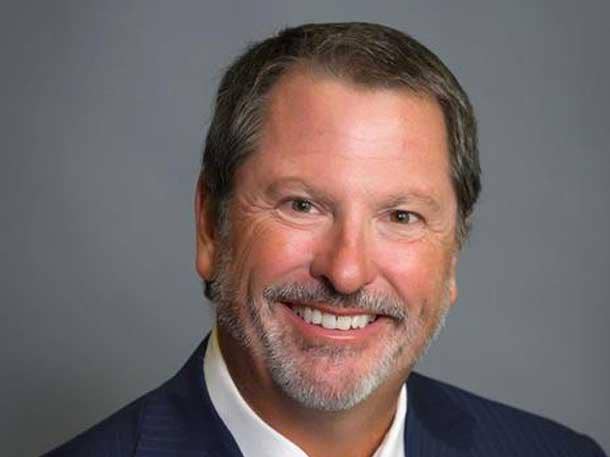Windstream To Partners: ‘We Have A Lot Of Fence-Mending To Do’
Coming out the other side of bankruptcy, Windstream admits it has been on a ‘rocky’ road with the channel and wants to make it up to partners with a series of ‘untelco-like’ services, Windstream Enterprise President Layne Levine tells CRN.

Windstream Holdings has emerged from a sweeping financial restructuring process with a focus on strategic services and renewing its relationship with solution providers who may have written the company “off for dead,” a Windstream top executive said.
The service provider has had a complicated history with the channel, which accounts for about 25 percent of its business today. Now, with approximately $2 billion in hand to grow as a privately held company, Windstream wants to re-engage the channel, Layne Levine, president of Windstream Enterprise and the wholesale business division, told CRN.
“Part of the reason we‘d had a rocky relationship with the channel was the financial overhang,” said Levine (pictured above). ”With the balance sheet we have now … we want to set up a different relationship with partners. We have a lot of fence-mending to do.”
[Related: Windstream Channel To Be Led By Matt Milliron As Curt Allen Moves Into Advisory Role]
The Little Rock, Ark.-based provider filed for Chapter 11 bankruptcy in February 2019, a move that Windstream called a “voluntary reorganization” after it lost its court battle with U.S. hedge fund Aurelius Capital Management, a Windstream bond holder.
Two months later, Windstream began evaluating and cutting contracts with channel partners who had fallen below the annual revenue threshold, solution providers told CRN at the time. The move followed a similar step Windstream took in 2016 when it revealed to its partners that accounts lower than $1,500 would be cut off by the first day of 2017.
“There were some things done before I showed up that in hindsight, I probably wouldn‘t have supported. But when you go into restructuring, it’s a tough time for everyone,” Levine said, adding that the company had tough choices to make. ”We had to look at some partners who hadn’t fogged a mirror for us in years.”
The company at the time had north of 30 different partner contracts with legacy companies in existence, which made management an “impossible” task, Levine said.
But Windstream today is growing its revenue through the channel once again, he said. “We have a lot of work to do and we already laid the foundation,” he added.
Windstream rolled out a channel integration model this year, which allows the carrier‘s direct reps to work on deals with channel partners without the two competing, he said.
The channel accounts for about one-quarter of Windstream Enterprise‘s business today and Levine’s goal is to get that slice of the pie to 45 percent to 50 percent, a “realistic goal” thanks to the company’s new channel integration model, he said.
Windstream said it shook free from bankruptcy Monday. Now, the company has the freedom to go on “offensive mode” with its portfolio of solutions and managed services that can be layered on top of connectivity services, Levine said.
“Most people think when you file for bankruptcy, you don‘t spend any money. We spent more on research and development, and product and systems enhancement in 2019 while we were restructuring,” he said. Windstream is focusing becoming a leader in strategic product areas, such as SD-WAN, UCaaS and OfficeSuite.
“We are going to be very untelco-like in the things that we offer starting next month,” he said. ”We will be the go-to partner—that is my goal.”
The majority of Windstream‘s business comes from revenue generated by the Windstream Enterprise and wholesale divisions. Windstream Kinetic is the company’s consumer business, which targets predominantly rural markets with its fiber and broadband footprint.